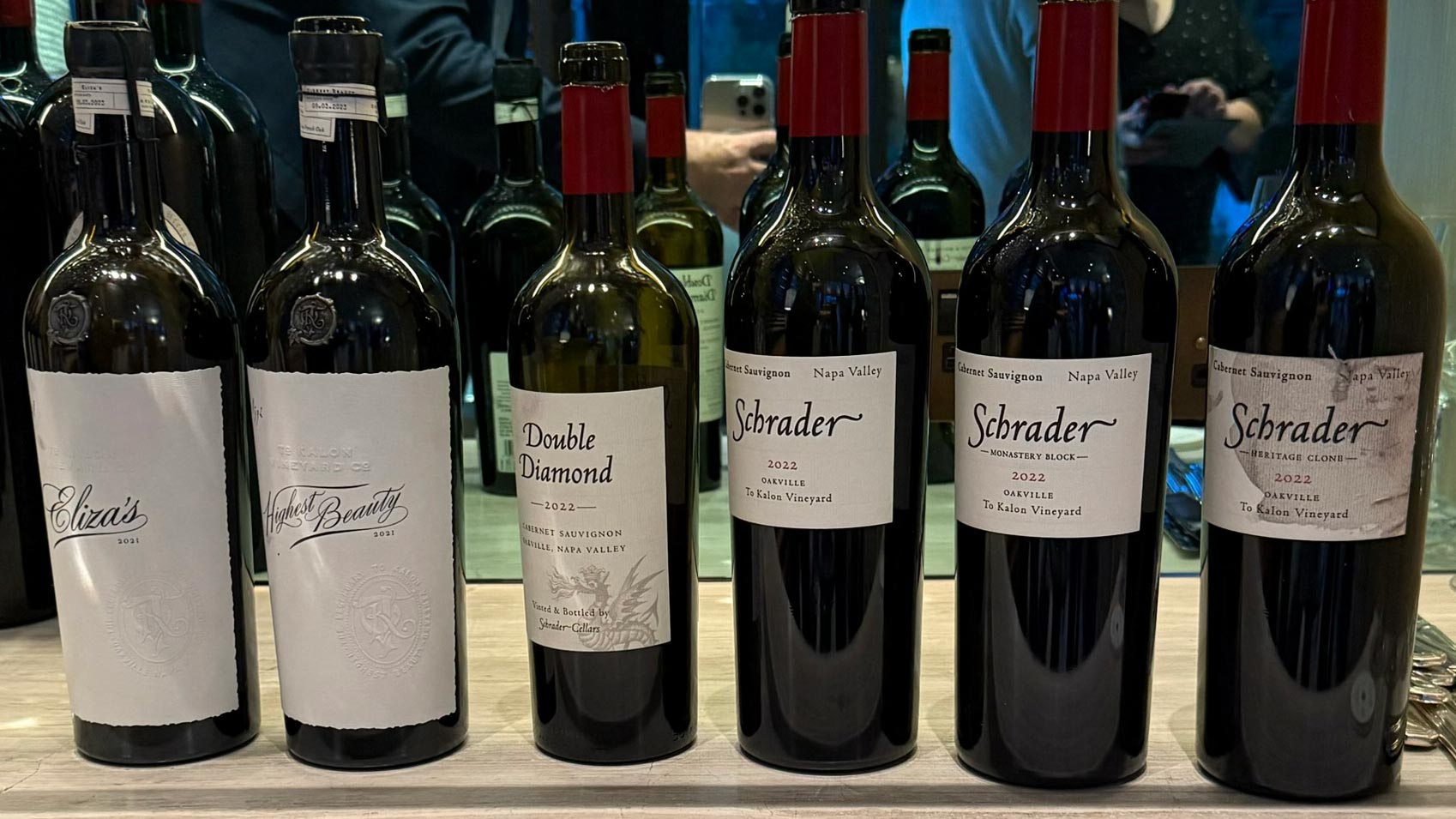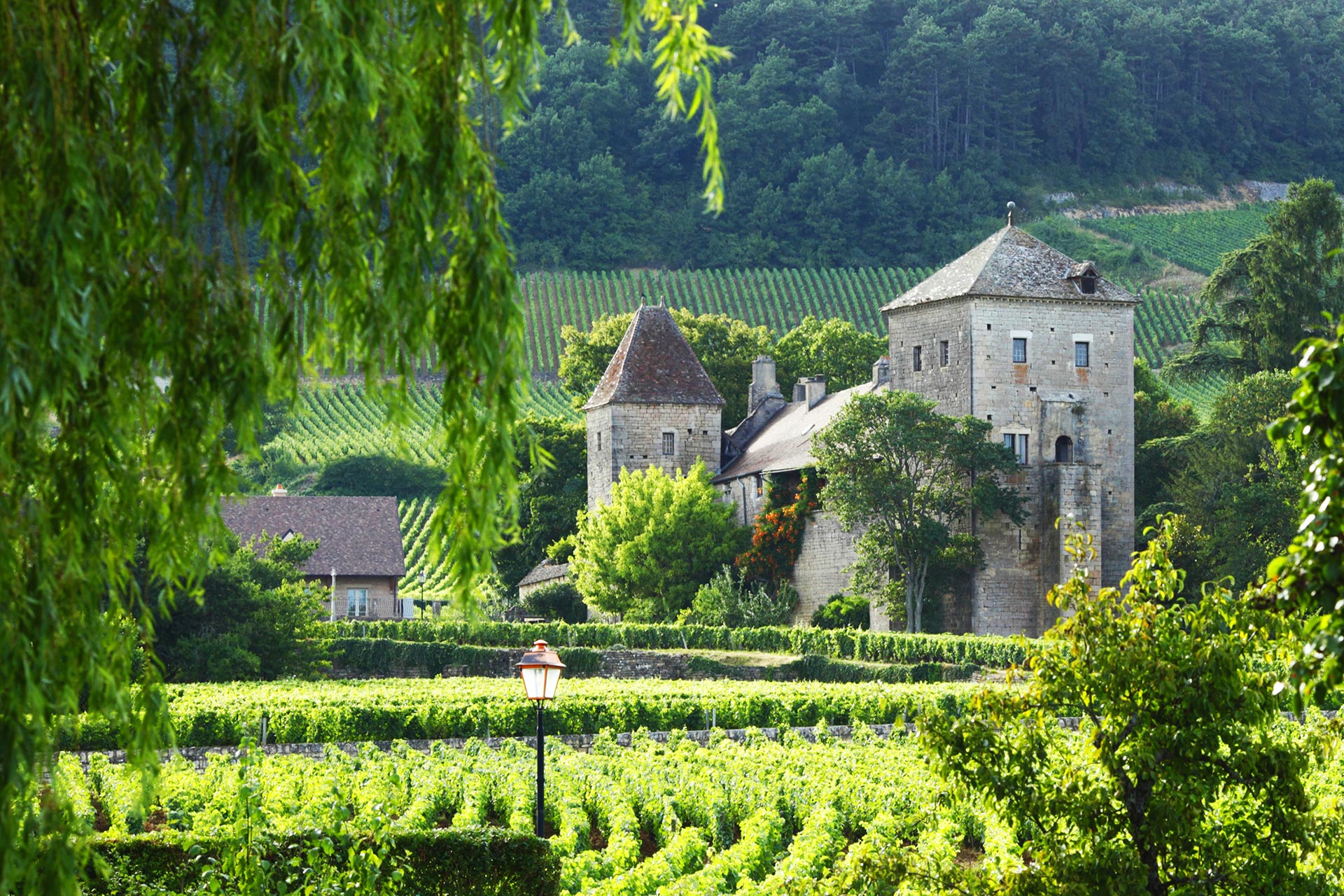Cultivating a vineyard is an art—but cultivating a vineyard’s audience? That’s where vineyard marketing comes in. From grapevine to glossy bottle, every step in your winemaking journey deserves a well-planned marketing touch. This guide will walk you through the essentials of vineyard marketing—from branding and digital outreach to on-site experiences and community partnerships. Let’s get those vines thriving in the hearts and minds of your audience.
1. Define Your Brand Roots & Message
Great vineyard marketing starts with a clear identity. Ask yourself:
- Who are we? Are you a small organic boutique winery or a scenic estate offering luxe experiences?
- What’s your story? Family heritage, sustainable practices, rare varietals—what makes you unique?
- Who’s your audience? Vineyard aficionados, wine tourists, local restaurants, club members?
Refine your core message around those elements and weave it into all visuals, copy, and experiences. Your bottle label, website, tasting-room signage—and even vineyard tours—should echo the same identity. Cohesive storytelling builds trust and emotional connection.
2. Cultivate a Digital Presence
Even the most charming vineyard needs digital visibility to grow its audience. Here’s how to build a fertile online foundation:
A. Website as Your Virtual Tasting Room
- Showcase your vineyard’s story, terroir profiles, winemaker bios, and sustainability initiatives.
- Make buying easy—user-friendly ecommerce, wine club sign-ups, downloadable tasting notes, and visuals from the vineyard floor.
- Capture lead info with pop-ups: “Join our Harvest Newsletter for a free tasting in harvest month!”
B. Search Engine & Local SEO
- Optimize pages and blogs for terms like “vineyard tour in [region],” “[Region] sustainable vineyard,” or “buy vineyard-direct wine.”
- Use Google Business Profile to highlight location, hours, tours, and reviews. Local vineyard marketing depends on visibility in search and maps.
C. Content Marketing
- Publish blog guides: harvest insights, field-to-bottle storytelling, vintage versatility, seasonal pairings, or winemaking photos.
- Use “vineyard marketing” strategically in your blog posts, headers, and meta descriptions to boost authority and search presence.
3. Bring the Vineyard to Life with Imagery & Video
Field shots and tasting notes are great, but dynamic content inspires seasons-in-motion fascination.
- Drone & time-lapse videos: Show seedlings transforming into grape clusters.
- Behind-the-scenes: Capture barrel aging, tasting-panel moments, or sustainable vineyard practices.
- Human stories: Introduce your farming crew, winemaking team, and their seasonal passions.
Distribute across Instagram Reels, TikTok, YouTube, Facebook, and your website to keep audiences engaged and captivated by your vineyard vision.
4. Tasting Experiences & Events: Grow Loyalty On-Site
Word-of-mouth remains a cornerstone of vineyard marketing, and the best referrals start with memorable visits.
A. On‑Vineyard Experiences
- Tours & tastings: Offer guided vineyard walks, barrel cellar tours, vertical tastings.
- Seasons in action: Harvest festivals, pruning weekends, or vintage-release events.
- Pairings & pop-ups: Bring in local cheese makers, bakers, or community chefs.
B. Virtual Tastings & Club Events
- Offer premium-only virtual tastings—ship sets and conduct guided tastings live.
- Build a wine club that rewards loyal customers with tiered benefits, early releases, and vineyard-access privileges.
C. Group Bookings & Weddings
- Tap vineyard weddings, corporate retreats, and wellness weekends by creating tailor-made event packages.
- Collaborate with event planners, photographers, chefs, and local tourism offices to extend your reach.
5. Email & CRM: Nurture with Precision
Your CRM is the soil that nourishes long-term relationships.
- Segment visitors by behavior—tasting-room newbies, return customers, wine club members—and send tailored emails.
- Timely campaigns: pre-harvest email to early birds, vintage-release alert, seasonal discount email, loyalty perks.
- VIP & loyalty tiers: exclusive barrel tasting invites, ambassador referrals, private-label release access.
Consistent outreach builds anticipation, trust, and repeat buying—cornerstones of effective vineyard marketing.
6. Social & Influencer Partnerships
Leverage digital word-of-mouth through social outreach and collaboration.
- Instagram & Facebook: Post scenic vineyard shots, reels of seasonal work, wine scholars at the cellars, and pairing content.
- TikTok: Short-form insider clips—grape crush reactions, machinery in action, unexpected harvest stories.
- Influencers & wine writers: Invite them to personalized visits or tasting events; collaborate on video content or tasting notes.
- Track brand mentions with a hashtag like #YourVineyardName—for easy UGC curation.
This amplification builds credibility and introduces your brand to new audiences eager for authentic vineyard stories.
7. Partnerships & Collaborations
Widen your vineyard’s reach by partnering with aligned brands and institutions.
- Hotels, B&Bs, Airbnbs: Create local tour + tasting combos.
- Restaurants & retailers: Co-host dinner events, tasting pairings, or shelf space highlighting.
- Tourism boards: Join local wine trails and tourism initiatives.
- Festivals & expos: Show off at wine expos, conferences, or community events.
Not only do partnerships drive traffic—they enhance brand authority in the region.
8. Smart Budgets & Data-Driven Refinement
Good vineyard marketing doesn’t ferment overnight—it’s the result of tested investments and regular adjustments.
- Paid ads: Run Google Ads for vineyard tours or ecommerce, and Facebook ads for local fallback events or club signups.
- Track engagement: Use Google Analytics and social insights to measure session duration, conversion rate, click-throughs, and ad performance.
- A/B testing: Try different header images, CTAs (“Reserve Now” vs “Book Your Vintage Tour”), or subject lines to optimize performance.
Quarterly audits ensure ongoing success—and allow profitable budgeting around harvest, release dates, and busy seasons.
9. Sustainability, Authenticity & Transparency
Today’s consumers care—possibly more than ever—about what’s in their bottle beyond the wine.
- Showcase your sustainable certification, organic credentials, water management, or wildlife initiatives.
- Post farm-to-table farm practices. Use blog or video content to explain why you’re eco-friendly—because it’s authentic.
- Provide transparency on pricing, production, and sourcing, positioning your vineyard as trustworthy and value-driven.
- Note if you’re biodynamic, low-intervention, no-sulfite, vegan, or regenerative. These callouts matter to modern drinkers.
This level of honesty fosters deeper fan loyalty and helps you stand out in a crowded vineyard landscape.
Final Sip: Your Vineyard Marketing Harvest
Successful vineyard marketing isn’t just a campaign—it’s a living, seasonal ecosystem. It combines strong branding, digital visibility, immersive experiences, and trusted partnerships—rooted in authenticity and refined over time.
Your Actionable Check-List:
- Define your brand identity & core story.
- Upgrade online presence + SEO for tours and sales.
- Create compelling imagery and videos.
- Design on-site and virtual experiences.
- Build segmented email flows and loyalty systems.
- Amplify via social channels and influencers.
- Partner with aligned local brands and outlets.
- Invest smartly and monitor results.
- Commit to transparency and sustainability.
With this guide in hand, you’re ready to share your vineyard’s story—one audience, one grape, and one sip at a time. Want help with a content calendar, tour program, or ad strategy? I’m here to support you all the way. Cheers to flourishing vines and flourishing brands!



